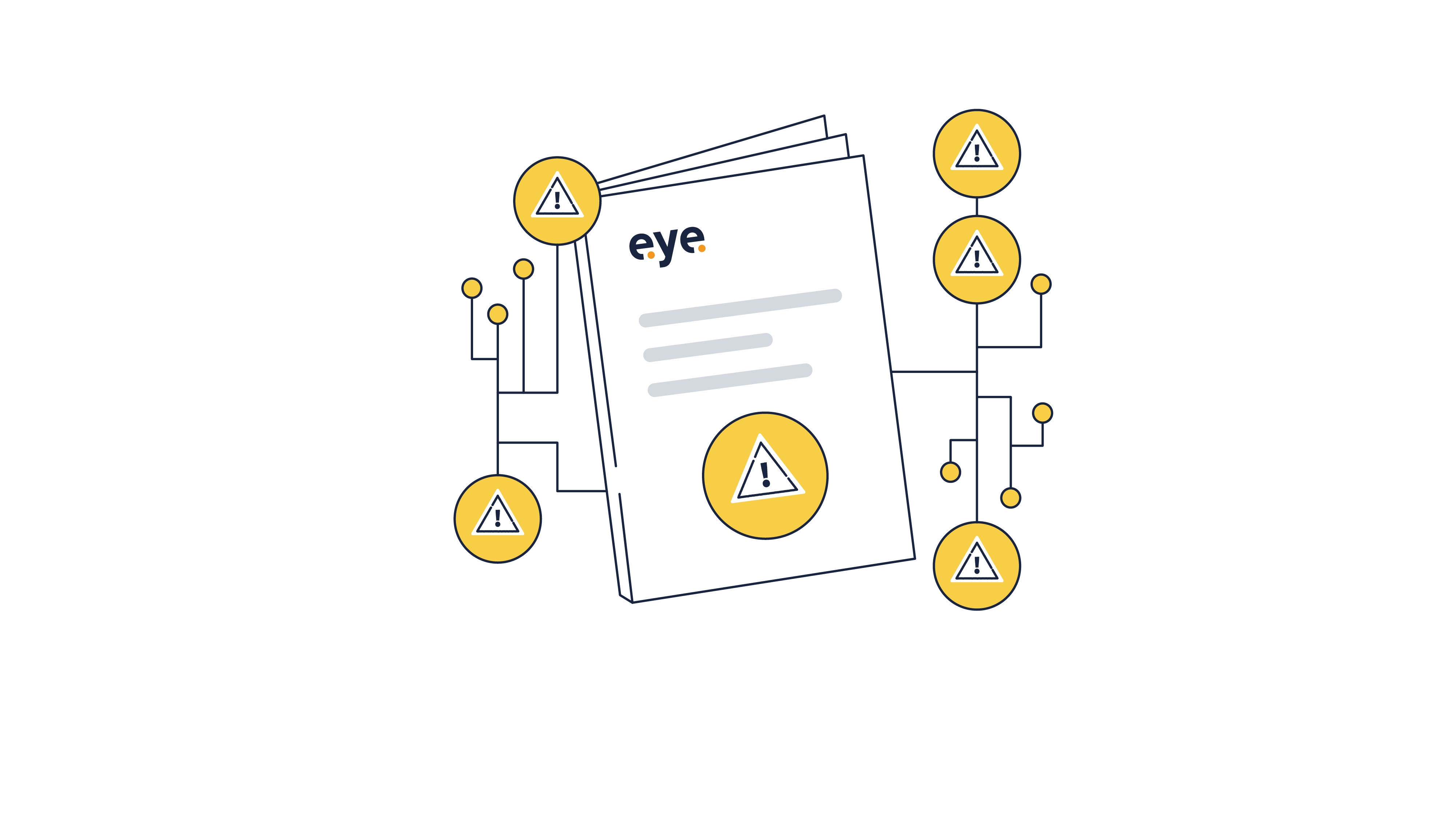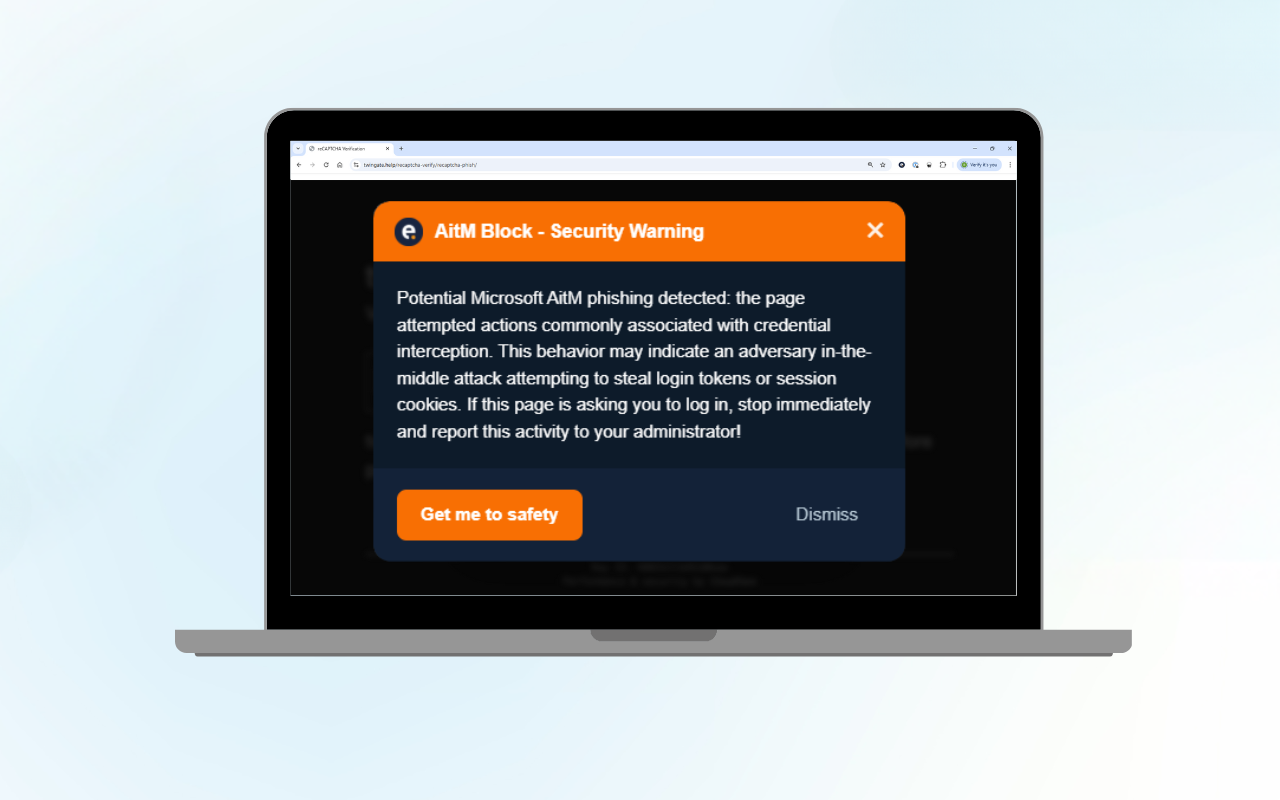The new year is a good opportunity for companies to break bad habits -- such as negligence in digital security. Because it can be assumed for 2023 that the number of cyberattacks will increase, the risk of becoming a victim of an attack yourself also increases. By sticking to these six cybersecurity resolutions in 2023, you won't make the job of cybercriminals easier than it needs to be.
1. Don't Forget Updates
Regular updates are among the simplest and most effective means of reducing the risk of cyber attacks. While security gaps in outdated software are one of the most important attack opportunities for cyber criminals, this gateway is relatively easy to close by regularly applying patches.
So in 2023, consistently install all updates provided by your software manufacturers - preferably as quickly as possible, because the number of attacks is increasing when vulnerabilities are published.
Tip: Use a patch management system to scan for software vulnerabilities and monitor the availability of patches, test their compatibility with other software applications, and install updates as quickly as possible. Or simply outsource this task. As part of Eye Security's cybersecurity packages, you'll be automatically notified when you need to update your software.
2. Don't Underestimate Backups - And Don't Overestimate Them
Backups are crucial for a company's network and data safety. Restoring lost data from a backup is often one of the first steps after an attack. So implement your backup plan consistently in 2023.
But also bear in mind that you can only access your backup data in the event of an attack if it is still available. Backups have also become the target of cybercriminals. Especially in the case of ransomware attacks, attackers often try - and in many cases successfully - to encrypt a company's data backups and thus render them useless.
Tip: Also protect your backups against ransomware attacks. The introduction of multi-factor authentication for your backup environment, storage in a non-modifiable state, or physical outsourcing (air gap) are suitable methods for a contemporary backup strategy.
3. Rethink Cyber Security
Of course, it's best not to be attacked in the first place. However, this scenario is no longer realistic. It is therefore time to fundamentally rethink your own security strategy in 2023.
Stop focusing exclusively on defending against attacks. Instead, accept that there is no such thing as 100% security and focus on detecting attackers on your network as quickly as possible. If you do not only rely on classic tools for endpoint, network, and email security, but also scan your network around the clock for anomalies, you can detect attacks faster and thus keep their consequences as low as possible.
Tip: An outsourced Security Operations Center with Managed Detection and Incident Response (MDR) monitors your network around the clock. Eye Security's cybersecurity packages include continuous monitoring of your network and cloud environments for anomalies, ensuring that any cyber event is detected swiftly.
4. Raise the Cyber Awareness of Your Staff
Cybersecurity is not only the responsibility of the IT security team. Many cyber attacks and data losses only get in through employee mistakes - in most cases unintentional ones. Phishing attacks, for example, deliberately exploit human errors.
So invest in the cyber awareness of your employees in 2023. Make each team aware of the danger of cyber attacks and show them how each individual can behave responsibly. Don't just familiarize your employees theoretically with your company's security guidelines, but take a practical approach, for example with the help of phishing simulation tools.
On top of that, enable your employees to report phishing emails themselves by utilizing direct user feedback like the Microsoft add-on "Report Phishing". This can protect other potentially less aware employees who are affected by the same campaign.
Tip: Regular phishing campaigns are part of Eye Security's cyber packages. Fictitious phishing emails make your employees aware of the dangers of phishing and give them practical tips on how to deal with fraudulent emails correctly.
5. Plan for the Worst Case
Be prepared for a cyber attack. You can only react quickly and purposefully in an emergency if you define clear processes on what to do in the event of an attack. This helps to keep the costs of an attack as low as possible, limiting financial and reputational damages.
Proactively create a Cyber Incident Response Plan for 2023 that defines concrete steps and processes on how to proceed in case of cyberattacks and data protection incidents and who is responsible for which measures. Also think about cyber insurance. In this way, you can effectively protect your company against financial damage.
Tip: Eye Security's Incident Response Team knows what steps to take in the event of a security incident. So you can be sure that the right measures will be taken immediately to minimize the damage that can result from an attack. And with Eye Security, you also get tailored cyber insurance within 48 hours, no ifs or buts.
6. View Your Company From an External Perspective
Map the external attack surface your organization offers to cybercriminals regularly by using free or affordable tools for this purpose. Always evaluate changes you make to your IT from an outside perspective. Still the most common attack path used by ransomware groups nowadays are misconfigured remote access services such as Remote Desktop Protocol (RDP), which often provide easy access to the network.
Tip: With the free online risk scan, Eye Security offers the possibility on its website to detect existing security vulnerabilities. Subscribers to the cybersecurity packages benefit from regularly conducted vulnerability risk assessments and can thus keep their attack surface as small as possible.
Ready to take the first step in protecting your business from cyber threats? Our online risk scan is a quick and easy way to identify potential vulnerabilities in your digital security.
Frequently Asked Questions
Why is cybersecurity training important for our organization?
Cybersecurity training is crucial because cyber criminals increasingly rely on exploiting software vulnerabilities and human error. Training employees on safe web browsing practices and understanding phishing threats can significantly reduce the risk of potentially malicious webpages and other cyber threats impacting your organization.
How can we protect our network and data safety in the remote working world?
To ensure network and data safety while working remotely, it's essential to use VPN connections, remote desktop control tools, and regularly backup files. Also, implementing multifactor authentication and monitoring remote connections for any unusual activity can help secure your organization's digital assets.
Why is it important to have a mobile phone policy?
Mobile phones can be a significant threat if not properly managed. A mobile phone policy helps in securing sensitive information and reducing the data footprint. This policy should include guidelines on the use of work mobile phones, securing operating systems, and avoiding potentially malicious link clicks.
What are the benefits of simulated attacks and penetration testing?
Simulated attacks and penetration testing help in identifying potential threats and vulnerabilities within your systems before cyber criminals can exploit them. These practices provide real-world examples of how your defenses stand up against attacks and help in improving your defensive culture.



